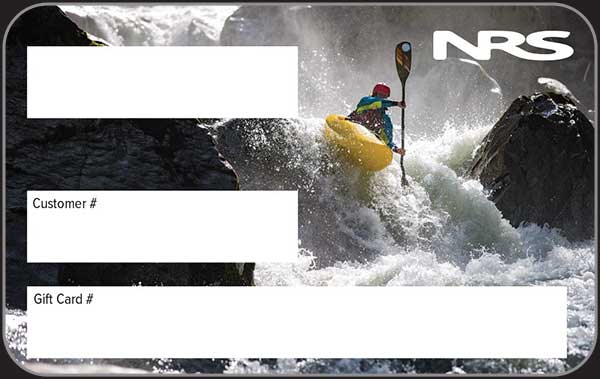How to Patch an Inflatable SUP Board
Due to your cookie choices, we cannot show you this content. Adjust your settings?
They’re plenty tough, but if you do get a hole or tear, it’s important to know how to patch an inflatable SUP board. For boards made of PVC or urethane-coated material, Clifton Urethane Adhesive is a great glue for applying a patch. Sometimes damage takes the form of abrasion to the coating, rather than a puncture. Fix this by painting on a coating of Aquaseal Adhesive, an abrasion-resistant, flexible urethane material. This video gives step-by-step instructions on applying both these repair solutions.
Finding a hole in a fully inflated board is usually as simple as listening for the sound of escaping air or spraying on a soapy-water solution and looking for bubbles. Make the patch at least three inches away from the hole in all directions. Oval or round patches are best; sharp corners tend to catch and peel.
Lightly buff the surfaces with fine sandpaper and clean with a solvent. Methyl ethyl ketone (MEK) is the preferred solvent, but acetone or alcohol can be used. Be sure that any loose drop-stitch strings are pushed down below the surface before applying the patch. If you’ve gotten any water inside the board, it’s very important to remove it. Remove the valve, being careful not to lose track of the inner valve portion. Pour out any liquid, then blow dry air in with a pump or vacuum exhaust to dry remaining moisture.
In the video we’re using Clifton Urethane Adhesive. If you’re using any of our other PVC / urethane adhesives, carefully follow the application instructions linked on the product page. All the adhesives and solvents contain toxic, flammable ingredients; wear hand and eye protection and work in a well-ventilated area. Wearing an organic solvents respirator is recommended.
Apply three thin coats of the Clifton Urethane Adhesive, waiting 3-5 minutes between coats for the solvent to evaporate. Carefully roll the patch on, then use a roller to thoroughly press the surfaces together.
A scuffed or abraded area can be protected with a coating of Aquaseal Adhesive. Buff the area with fine sandpaper and clean with MEK, acetone or alcohol. Outline the area with masking tape. Paint on a uniform layer of Aquaseal. Thinning with the Gear Aid Cure Accelerator (Cotol) makes it easier to spread and shortens the cure time. After applying the Aquaseal, remove the tape.
 NRS Gift Card: Always Fits, Always Wanted
NRS Gift Card: Always Fits, Always Wanted




